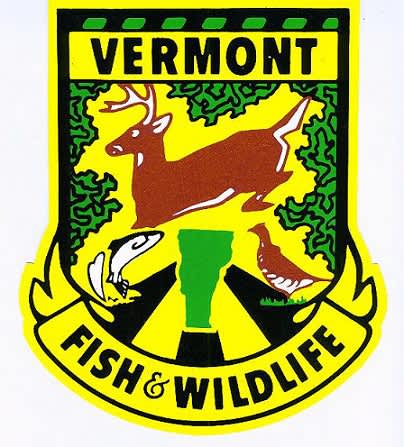Vermont’s Trapping Season Begins Oct. 27
OutdoorHub 10.12.12

The Vermont Fish & Wildlife Department reminds trappers and non-trappers alike that the 2012 trapping season is just around the corner.
As autumn weather settles in over the state, Vermonters once again anticipate the annual showing of blaze orange as hunters take to the fields and forests in pursuit of their desired game. This time honored tradition yields many benefits to those who chose to participate in this annual pilgrimage, not the least of which is an enduring connection to Vermont’s landscape and a strong commitment to its conservation.
Alongside the more familiar hunters, however, is a less recognizable group of individuals similarly seeking the benefits of Vermont’s abundant wildlife resources while simultaneously forming strong ties to the land.
Each year beginning on the fourth Saturday in October, the 27th this year, Vermont trappers ply their skills and knowledge in an attempt to harvest some of Vermont’s well established furbearer species. Through a system of heavily regulated seasons, methods and techniques, the Vermont Fish & Wildlife Department oversees the harvest of thirteen common species of furbearers ranging from the seldom seen weasel to the very adaptable coyote.
Trappers are required by state law to successfully complete training which instructs individuals not only on the applicable rules and regulations, but also on the proper and humane use of traps. Trappers also are required to secure the permission of landowners. The act of seeking permission is often an opportunity for trappers and landowners to exchange valuable information about Vermont’s furbearers and the merits of managing these species as well as an opportunity for landowners to express concerns and specific requests.
State owned land is also open to trapping. “These lands, particularly the state wildlife management areas, were purchased with funds derived in part from the sale of trapping licenses and federal taxes levied on trapping supplies,” said Wildlife Biologist Chris Bernier.
“Like hunters, trappers have demonstrated their commitment to the conservation of our natural resources by contributing to the purchase and management of these lands which provide the diversity of habitats and open spaces on which many of these species depend.”
The Vermont Fish & Wildlife Department closely monitors the harvest and utilization of furbearers throughout the state. Through voluntary mail surveys and mandatory carcass collections of select species, trappers annually provide the department with the baseline information required to understand and conserve these furbearer populations.
“Skilled, licensed trappers offer us the best opportunity for effectively managing many of these species, and they provide us with some of the most valuable information we have about these animals,” said Bernier.

